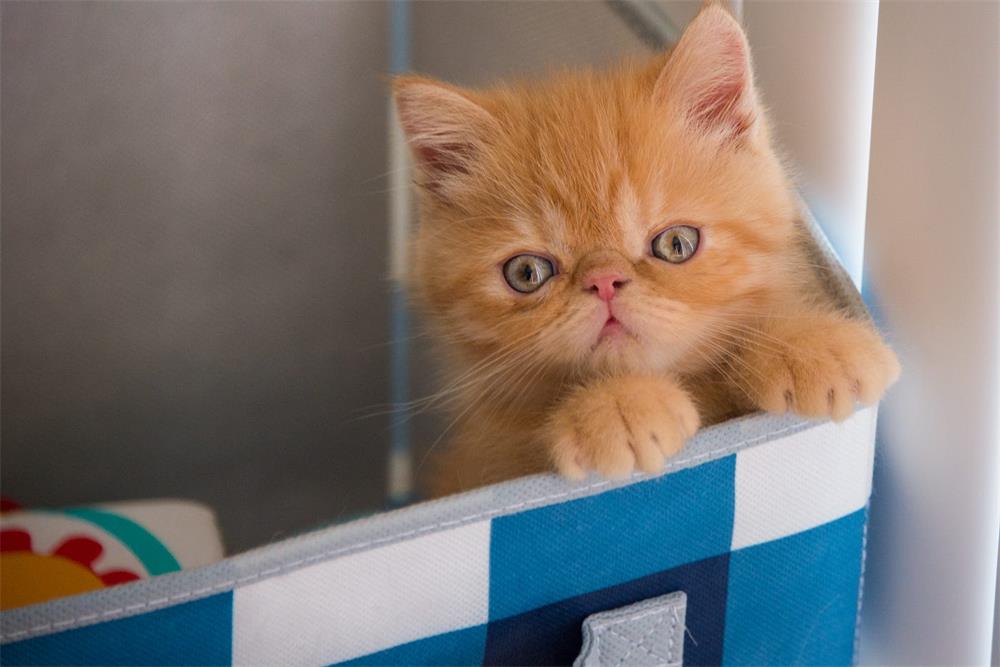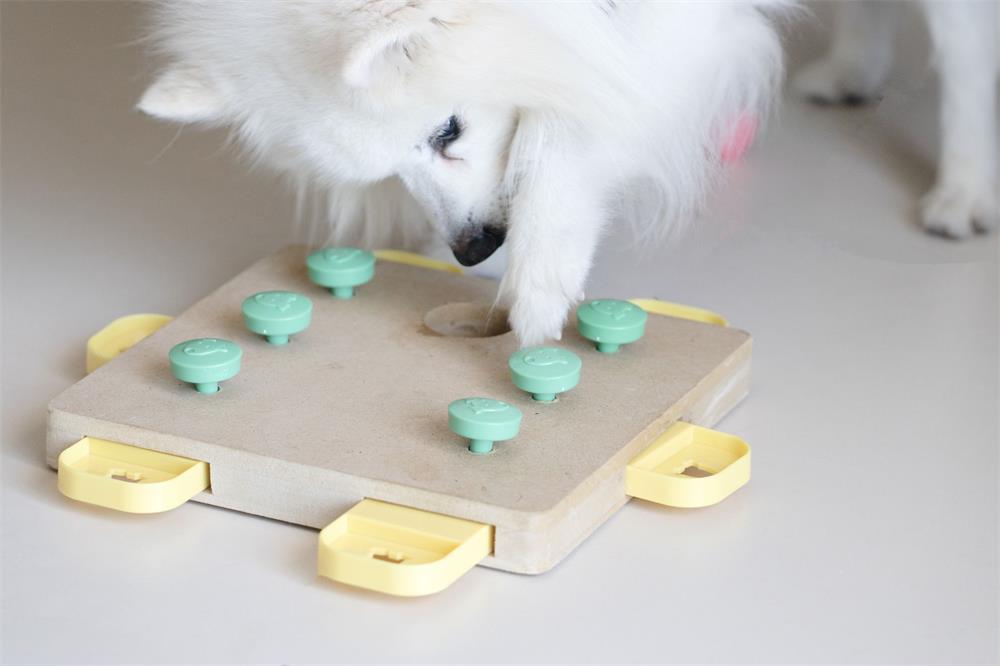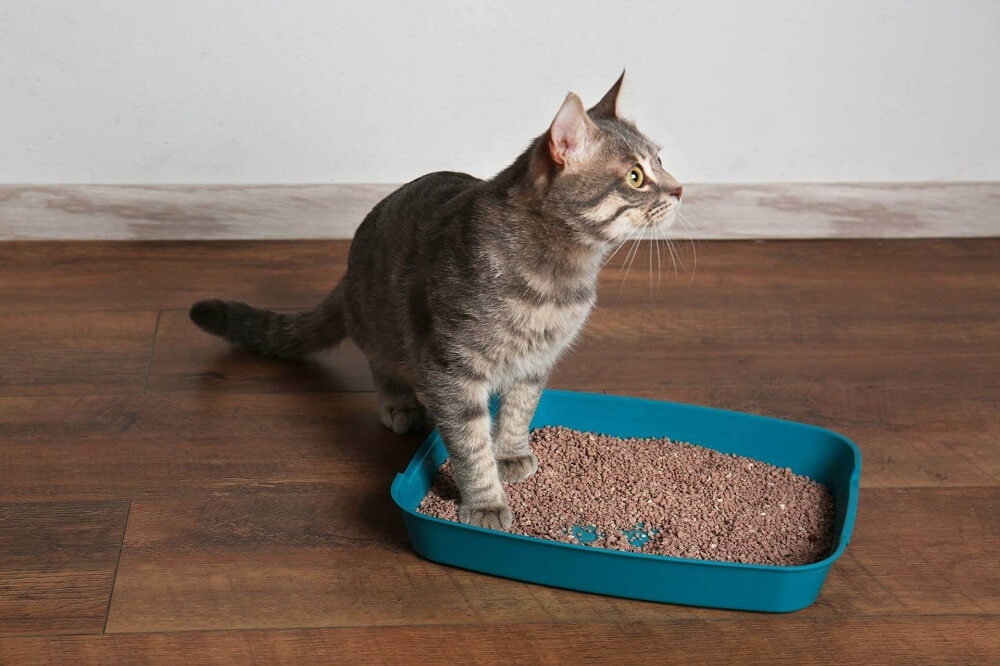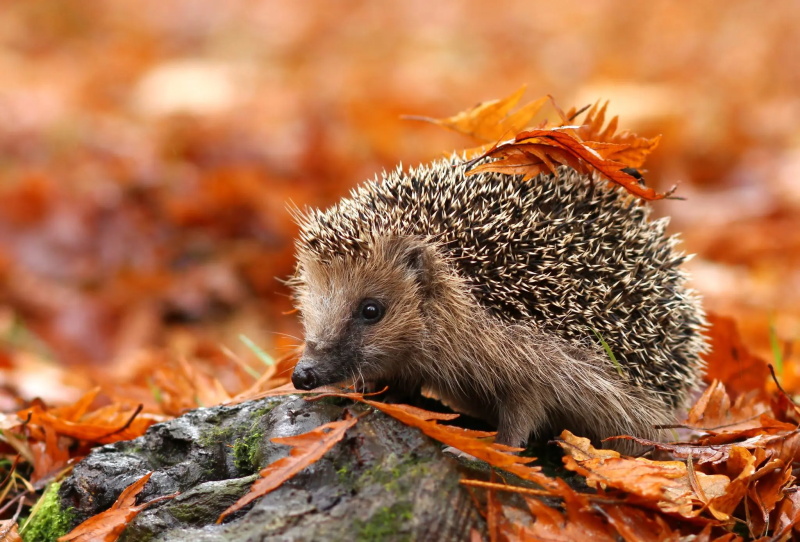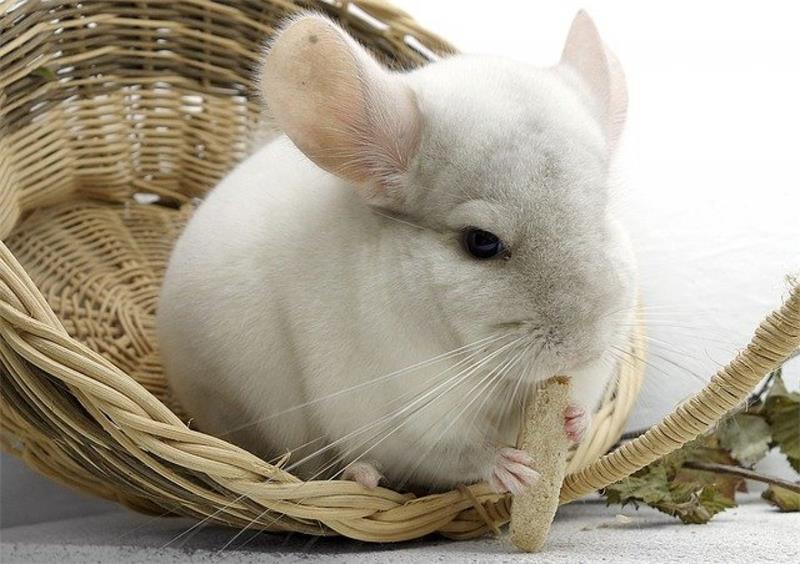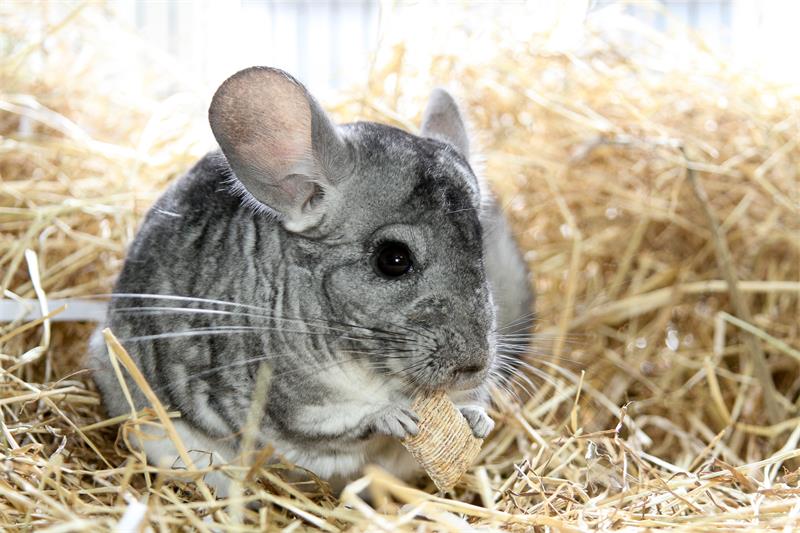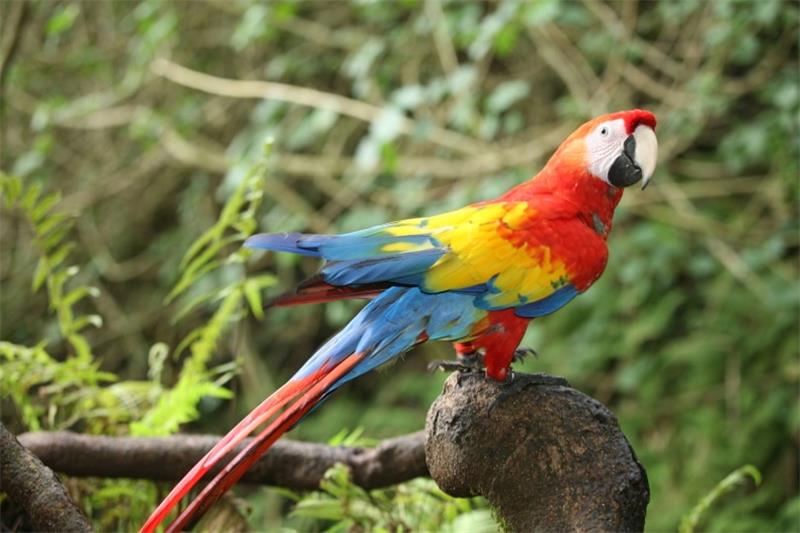
Table of Contents
Many people love having pet birds, but they may not like the idea of keeping them in cages. After all, birds are meant to fly and enjoy the freedom of the sky. However, letting your pet bird out of its cage can be risky, as it may fly away or get injured by various hazards. So, is there a way to train your pet bird to live without a cage and not fly away? The answer is yes, but it depends on several factors, such as the type of bird, the level of trust, and the safety precautions. In this article, we will explain how you can train your pet bird to live without a cage and not fly away, as well as the benefits and challenges of doing so.
Why Should Birds Live Without a Cage?
Imagine this—you have beautiful wings that allow you to soar over the world and explore new places. But instead of using them, you are confined in a small box with wire bars that limit your movement and vision. You feel bored, lonely, and frustrated. This is how many pet birds feel when they are kept in cages for long periods of time.
Keeping birds in cages deprives them of their natural freedom and hinders their physical and mental development. Birds need space to stretch their wings, exercise their muscles, and stimulate their brains. They also need social interaction with other birds or humans to prevent loneliness and depression. Living in a cage can cause birds to develop behavioral problems such as feather plucking, screaming, biting, or aggression.
Living without a cage can improve the quality of life of your pet bird. It can allow your bird to express its natural behaviors, such as flying, foraging, playing, and preening. It can also strengthen the bond between you and your bird, as you can spend more time together and communicate better. Living without a cage can also make your bird more confident, curious, and friendly.
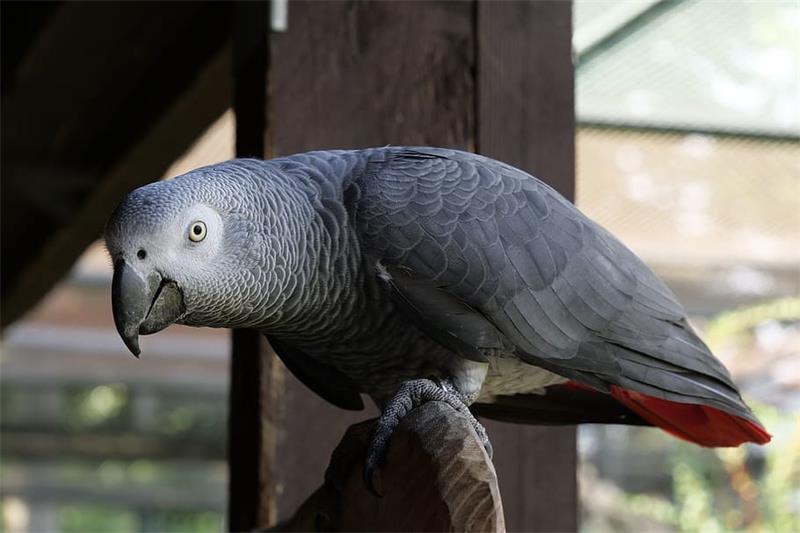
Which Birds Can Live Without a Cage?
Not all birds are suitable for living without a cage. Some birds are more independent and adaptable than others, and some birds are more prone to flying away or getting into trouble than others. Generally speaking, larger birds such as parrots and macaws are more likely to live without a cage than smaller birds such as finches and canaries.
Larger birds tend to be more intelligent and trainable than smaller birds. They can learn commands such as “come”, “stay”, or “no”, which can help you control their behavior and prevent them from flying away. They can also form strong bonds with their owners and see them as part of their flock. This can make them more loyal and less likely to escape.
Smaller birds tend to be more timid and flighty than larger birds. They are easily scared by loud noises or sudden movements, which can trigger their flight instinct. They are also harder to catch or recall if they fly away. They may not form strong attachments with their owners and may prefer the company of other birds of their own species.
Of course, these are generalizations that may not apply to every individual bird. Some smaller birds may be very friendly and trainable, while some larger birds may be very stubborn and independent. The personality and temperament of your bird will also affect its suitability for living without a cage.
Some examples of birds that can live without a cage include:
- Macaws
- Cockatoos
- African greys
- Cockatiels
Some examples of birds that should not live without a cage include:
- Finches
- Doves
- Canaries
- Budgies
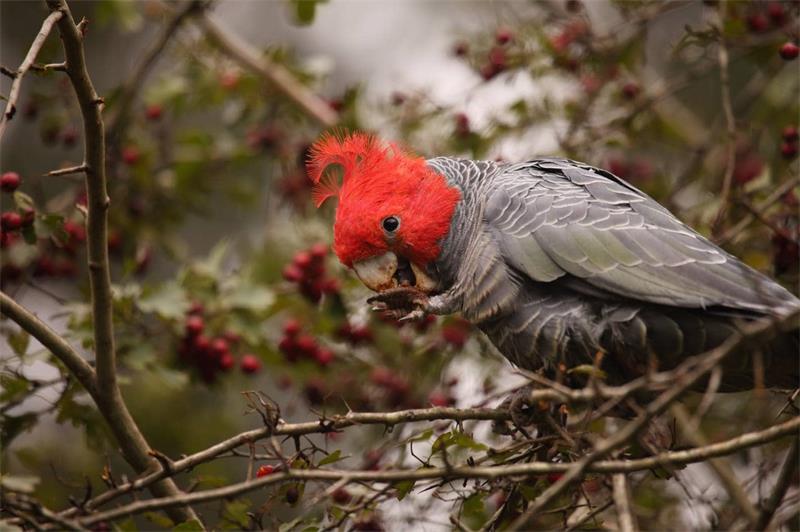
How to Train Your Bird to Live Without a Cage?
Training your bird to live without a cage is not an easy task. It requires time, patience, dedication, and consistency. You will need to build trust with your bird, teach it some basic commands, provide it with a safe environment, and monitor its behavior closely.
Here are some steps you can follow to train your bird to live without a cage:
1) Build Trust with Your Bird
The first step is to establish a trusting relationship with your bird. You want your bird to see you as a friend and leader, not as a threat or rival. You can do this by spending time with your bird every day, talking to it softly, offering it treats, petting it gently, playing with it, etc.
You should also avoid doing anything that may scare or hurt your bird, such as yelling at it, hitting it, grabbing it forcefully, etc. These actions will only make your bird fear you or resent you.
2) Teach Your Bird Some Basic Commands
The next step is to teach your bird some basic commands that will help you control its behavior and prevent it from flying away. Some of the most useful commands are:
- “Come”: This command tells your bird to fly to you or perch on your hand or shoulder. You can teach this command by holding a treat in your hand and calling your bird’s name followed by “come”. When your bird comes to you, reward it with the treat and praise. Repeat this several times until your bird learns to associate the word “come” with getting a treat. You can gradually increase the distance between you and your bird as it gets more confident.
- “Stay”: This command tells your bird to stay in one place and not move. You can teach this command by placing your bird on a perch or a table and saying “stay” firmly. If your bird tries to move, gently put it back in its place and say “stay” again. When your bird stays still for a few seconds, reward it with a treat and praise. Repeat this until your bird learns to stay in one place for longer periods of time.
- “No”: This command tells your bird to stop doing something that is undesirable or dangerous, such as biting, chewing, or flying towards a hazard. You can teach this command by saying “no” loudly and firmly whenever your bird does something wrong. You can also use a spray bottle or a clap to get your bird’s attention and discourage its behavior. Do not reward your bird after saying “no”, as this will confuse it.
3) Provide Your Bird with a Safe Environment
The third step is to create a safe and comfortable environment for your bird to live in. You will need to bird-proof your house and remove any potential hazards that may harm your bird, such as:
- Fans: Fans can be deadly for birds, as they can get caught in the blades or hit by the air. You should turn off all fans when your bird is out of its cage and cover them with a cloth or a screen.
- Windows: Windows can be dangerous for birds, as they may not see the glass and fly into it. You should cover all windows with curtains or stickers when your bird is out of its cage and make sure they are closed or screened.
- Mirrors: Mirrors can confuse birds, as they may think they are seeing another bird and try to interact with it. This can cause stress or aggression in your bird. You should cover all mirrors with cloth or paper when your bird is out of its cage.
- Electrical wires: Electrical wires can electrocute birds, as they may chew on them or get tangled in them. You should hide all electrical wires behind furniture or use cord protectors when your bird is out of its cage.
- Toxic plants: Toxic plants can poison birds, as they may nibble on them or rub against them. You should remove all toxic plants from your house or keep them out of reach of your bird when it is out of its cage.
- Other pets: Other pets such as cats, dogs, or rodents can harm birds, as they may chase them, bite them, or infect them with diseases. You should keep all other pets away from your bird when it is out of its cage and supervise their interactions closely.
You should also provide your bird with some essentials that will make it feel at home, such as:
- Perches: Perches are places where birds can rest, groom themselves, and look around. You should provide your bird with several perches around the house that are sturdy, comfortable, and varied in size and shape. You can use natural branches, wooden dowels, rope swings, etc.
- Toys: Toys are objects that birds can play with, chew on, and explore. You should provide your bird with plenty of toys that are safe, durable, and stimulating. You can use balls, bells, ropes, puzzles, etc.
- Food and water: Food and water are essential for birds’ health and survival. You should provide your bird with fresh food and water every day in clean bowls that are easy to access. You should also offer your bird some treats and fruits occasionally.
- Cage: A cage is still important for birds even if they live without it most of the time. A cage is a place where birds can sleep at night, feel secure when they are scared or stressed, and retreat when they want some privacy. You should provide your bird with a spacious cage that has enough room for it to stretch its wings and move around comfortably. You should also equip the cage with perches, toys, food and water bowls, etc.
4) Monitor Your Bird’s Behavior Closely
The final step is to monitor your bird’s behavior closely when it is out of its cage. You should observe how your bird reacts to different situations and stimuli, such as noises, people, objects, etc. You should also watch for any signs of stress or discomfort in your bird, such as:
- Feather plucking: Feather plucking is when birds pull out their own feathers, leaving bald patches on their skin. This can be caused by boredom, anxiety, illness, or parasites. You should provide your bird with more toys, attention, and veterinary care if it plucks its feathers.
- Screaming: Screaming is when birds make loud and unpleasant noises, such as screeching, squawking, or shrieking. This can be caused by fear, excitement, anger, or loneliness. You should try to calm your bird down by talking to it softly, playing soothing music, or covering its cage with a cloth.
- Biting: Biting is when birds use their beaks to nip or bite people or objects. This can be caused by aggression, curiosity, or playfulness. You should teach your bird not to bite by saying “no” firmly and ignoring it for a few minutes.
- Flying away: Flying away is when birds escape from their owners and fly out of sight. This can be caused by curiosity, boredom, or fear. You should prevent your bird from flying away by clipping its wings (with a professional’s help), keeping it on a harness or leash, or training it to come back to you.
If you notice any of these behaviors in your bird, you should try to address the underlying cause and make your bird feel more comfortable and happy.
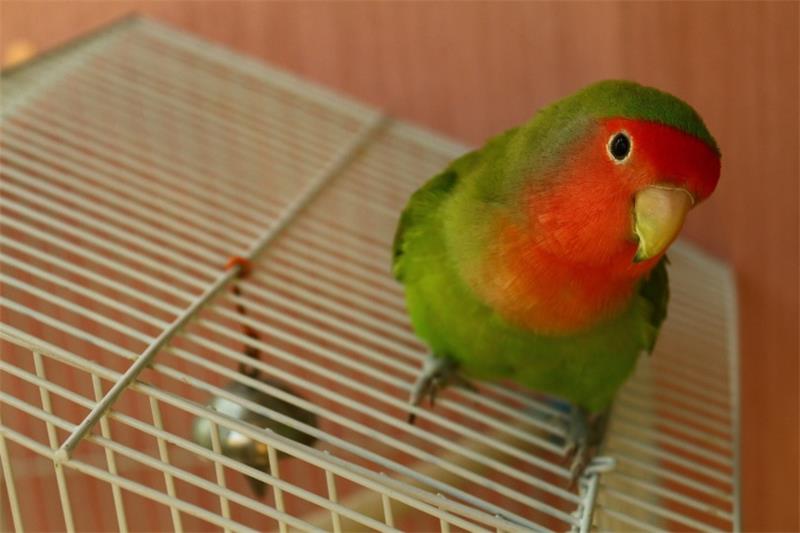
Conclusion
Living without a cage can be a rewarding experience for both you and your pet bird. It can allow your bird to enjoy more freedom and stimulation, as well as strengthen your bond with it. However, it also requires a lot of responsibility and cares from you. You will need to train your bird to obey some basic commands, provide it with a safe and comfortable environment, and monitor its behavior closely.
Not all birds are suitable for living without a cage. Some birds are more independent and adaptable than others, and some birds are more prone to flying away or getting into trouble than others. Generally speaking, larger birds such as parrots and macaws are more likely to live without a cage than smaller birds such as finches and canaries.
If you decide to let your bird live without a cage, you should always have a cage for it at night when it goes to sleep. A cage is still important for birds even if they live without it most of the time. A cage is a place where birds can sleep at night, feel secure when they are scared or stressed, and retreat when they want some privacy.
Living without a cage is not for everyone or every bird. It depends on your lifestyle, preferences, and resources. You should weigh the pros and cons of living without a cage before making a decision. You should also consult with a veterinarian or an avian expert for more advice and guidance.


